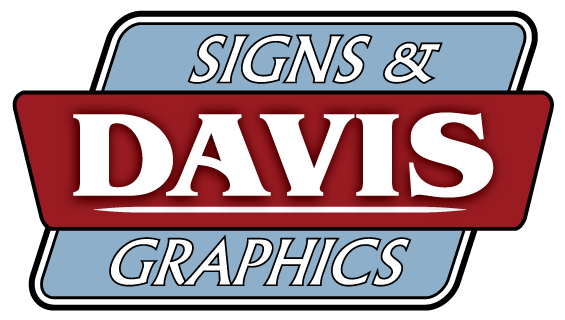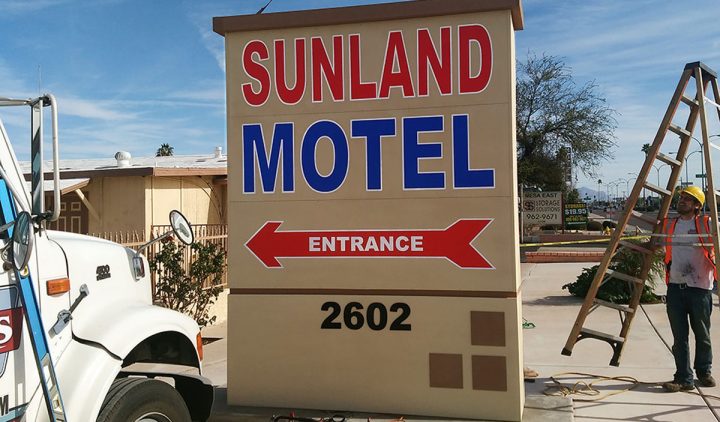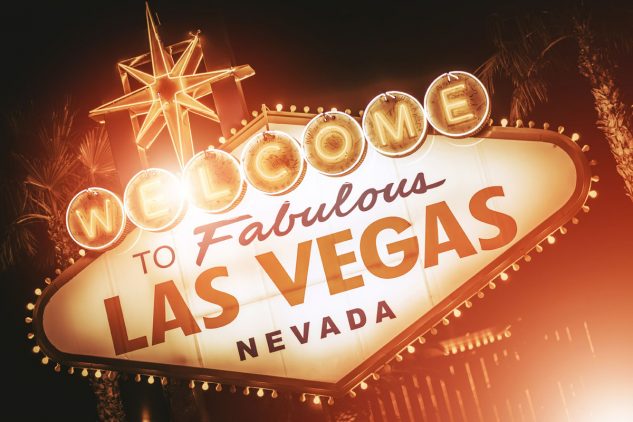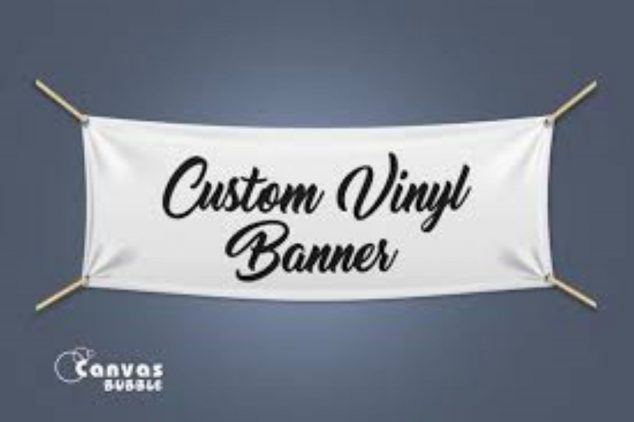What Makes the Most Effective Storefront Signs in Phoenix, AZ
When a customer visits your business in Phoenix, the storefront sign is frequently the first thing they see and interact with. To be successful a storefront sign, must be able to garner attention, communicate well, and endure the specific weather conditions of Arizona. Read on to learn more.
Visibility that is High Even in Direct Sunlight
Continuous exposure to the sun can cause colors to fade and make it harder to read signs that have been badly constructed. For storefront signs to be effective, they should utilize color combinations with a high contrast, powerful text, and materials that are meant to be legible even when exposed to harsh light.
Designed to Function in Desert Environments
Storefront signs in Phoenix are required to be able to weather high heat, dust, and even the occasional monsoon downpour. Materials are important. Aluminum, acrylic, and electrical components that have been correctly sealed are significantly more reliable than alternatives that are less expensive. In addition to being resistant to warping, fading, and electrical failure, a sign that has been expertly built offers continuous performance throughout the entire year. Davis Signs is aware of the ways in which the environment of Arizona influences signage and produces storefront signs that are constructed to last for an extended period of time.
Make It Seen!
Instantaneous communication is required for an effective shop sign. Customers should be able to read and comprehend your sign at a glance, regardless of whether they are strolling by or driving by. A significant impact can be made by using clean typefaces, basic layouts, and lettering that is scaled appropriately.
Bringing Together the Structure and the Location
When storefront signs are designed to compliment the building and the business’s surroundings, they are at their most effective. The fact that a one-size-fits-all approach is rarely successful is one of the reasons why custom design is so essential.
Constructed to Afford Long-Term Growth Support
Consistent customer traffic is supported by signage that has been thoughtfully developed, which helps to build brand recognition over time. Signs of superior quality require less maintenance, have a longer lifespan, and continue to provide a professional representation of your company for many years to come.
Businesses are able to develop storefront signage that not only draws attention to themselves but also is able to withstand the rigorous environment and competitive market in Arizona with the assistance of Davis Signs.
To make your business sign look different, you can add special fonts and images. The best aspect is that the cost of getting signs customized is repaid by the amount of traffic you can get. If you are struggling to come up with a design or just want some extra input our experts can help you out with some business signs ideas. Call Davis Signs & Graphics today at (480) 945-0196.






